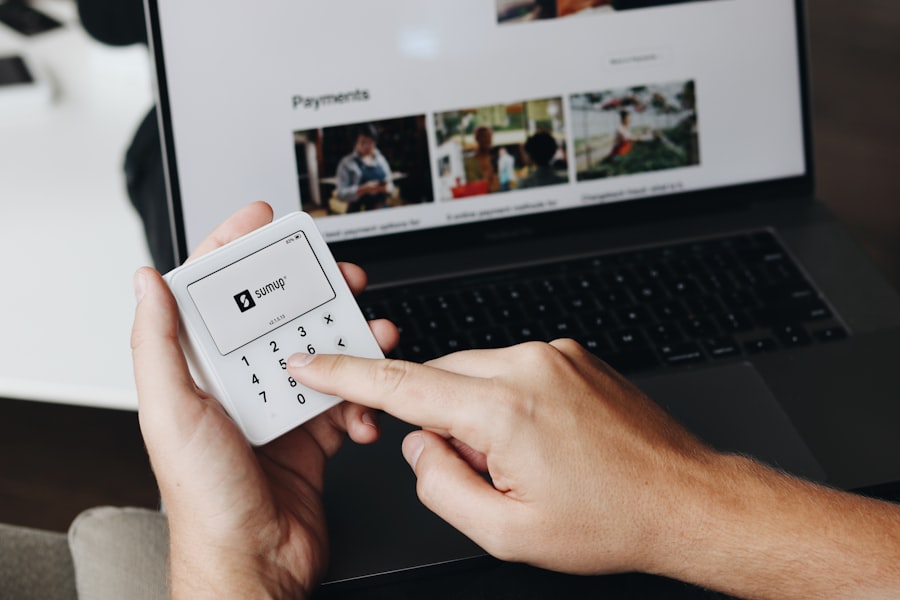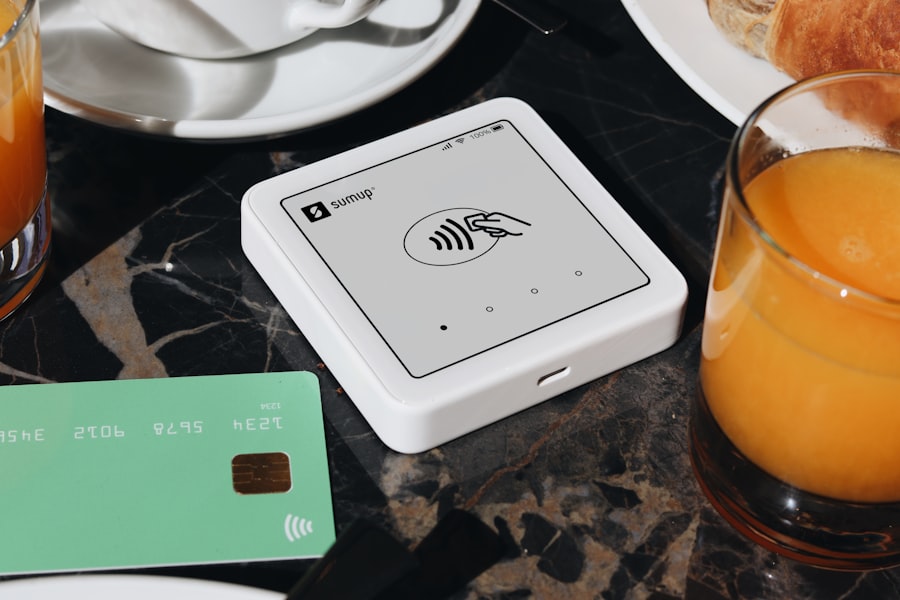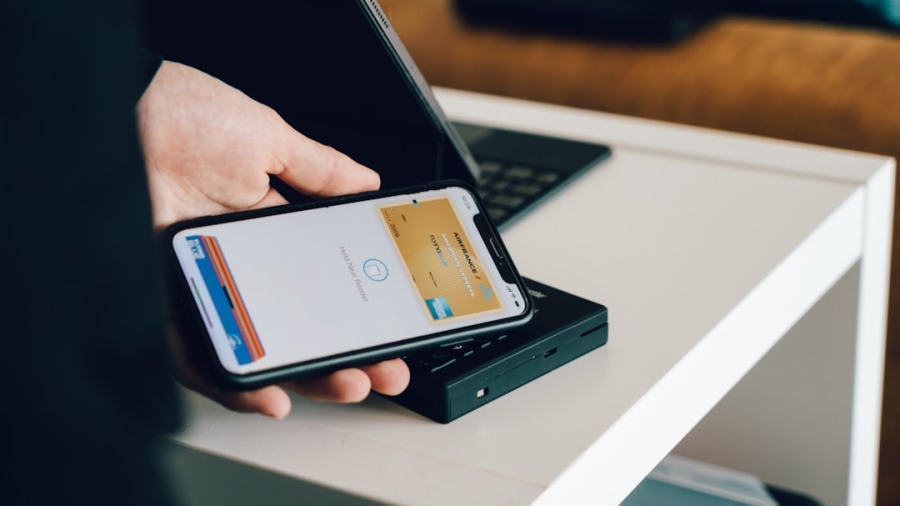Tokenization is a process that involves substituting sensitive data with a unique identifier, known as a token, which retains all the essential information about the data without compromising its security. This method is particularly useful in various sectors, including finance, healthcare, and e-commerce, where the protection of sensitive information is paramount. The token itself has no intrinsic value and cannot be reverse-engineered to reveal the original data, making it a robust solution for safeguarding sensitive information.
The process typically involves a tokenization system that generates tokens and maps them back to the original data in a secure database. This mapping is crucial because it allows authorized users to retrieve the original data when necessary while keeping it protected from unauthorized access. The mechanics of tokenization are relatively straightforward yet highly effective.
When sensitive data, such as credit card numbers or personal identification information, is entered into a system, the tokenization service replaces this data with a randomly generated token. This token can be used in place of the original data for transactions or processing, ensuring that the sensitive information is never exposed during these operations. The original data is stored securely in a separate database, often referred to as a token vault, which is heavily protected against unauthorized access.
This separation of sensitive data from its tokenized counterpart not only enhances security but also simplifies compliance with various data protection regulations, as organizations can demonstrate that they do not store sensitive information in an easily accessible format.
Key Takeaways
- Tokenization replaces sensitive data with unique identifiers for security
- Tokenization secures credit card information in online transactions
- Tokenization protects sensitive information in databases and storage systems
- Tokenization authenticates and authorizes users in digital platforms
- Tokenization enhances privacy and security in IoT devices and smart systems
Tokenization in Payment Processing:
Reducing the Risk of Fraud and Identity Theft
This significantly reduces the risk of fraud and identity theft, as the token cannot be used outside of its intended context. Payment processors and merchants benefit from this system because it allows them to handle transactions without ever storing sensitive credit card information on their servers, thereby minimizing their liability in case of a data breach.
Minimizing Exposure to Potential Attacks
By eliminating the storage of sensitive information, organizations can significantly lower their exposure to potential attacks. In the event of a breach, hackers would find themselves with only tokens that are useless without access to the token vault where the original data is stored. This layered approach to security not only protects consumers but also helps businesses maintain trust and credibility in an increasingly digital marketplace.
A Proactive Measure Against Evolving Cyber Threats
As cyber threats continue to evolve, tokenization stands out as a proactive measure that enhances security protocols and fosters a safer environment for online transactions.
Tokenization in Data Security:

Tokenization plays a vital role in protecting sensitive information stored in databases and storage systems. By replacing sensitive data with tokens, organizations can ensure that even if their databases are compromised, the attackers will not gain access to any meaningful information. This is particularly important for industries that handle large volumes of personal or confidential data, such as healthcare and finance.
In these sectors, maintaining the integrity and confidentiality of sensitive information is not just a best practice; it is often mandated by law. Tokenization provides a practical solution that allows organizations to comply with these regulations while still leveraging their data for analytics and operational purposes. One of the significant advantages of tokenization over traditional encryption methods lies in its simplicity and effectiveness.
While encryption scrambles data to make it unreadable without a decryption key, tokenization removes sensitive data entirely from the operational environment. This means that even if an attacker gains access to an encrypted database, they would still need the decryption key to access the original data. In contrast, with tokenization, there is no sensitive data present in the database at all—only tokens that are meaningless outside their specific context.
This not only reduces the risk of exposure but also simplifies compliance efforts since organizations can demonstrate that they do not store sensitive information in an accessible format.
Tokenization in Identity Management:
In digital platforms, tokenization is increasingly being utilized for authenticating and authorizing users. When users log into a system or application, their credentials can be replaced with tokens that represent their identity without exposing their actual login details. This method enhances security by ensuring that even if an attacker intercepts these tokens during transmission, they cannot be used to gain unauthorized access to user accounts.
Additionally, tokens can be configured with specific permissions and expiration times, allowing organizations to implement fine-grained access control measures that adapt to changing security needs. The role of tokenization in ensuring secure access to personal and sensitive data is particularly crucial in today’s digital landscape, where identity theft and unauthorized access are rampant concerns. By utilizing tokens instead of actual user credentials, organizations can create a more secure environment for their users while also simplifying the management of user identities.
For instance, if a user’s token is compromised, it can be easily revoked without affecting their actual credentials or requiring them to change their password. This flexibility not only enhances security but also improves user experience by minimizing disruptions while maintaining robust protection against unauthorized access.
Tokenization in Blockchain Technology:
Tokenization has found significant applications within blockchain technology, particularly in creating digital assets and tokens on blockchain networks. By representing real-world assets—such as real estate, art, or stocks—as digital tokens on a blockchain, organizations can facilitate easier transfer and ownership tracking of these assets. Each token serves as a unique identifier for an asset and can encapsulate various attributes related to ownership rights and transaction history.
This innovation has opened up new avenues for investment and asset management by allowing fractional ownership and enabling more people to participate in markets that were previously inaccessible due to high entry costs. The ability of tokenization to enable fractional ownership and transfer of assets on blockchain platforms represents a paradigm shift in how assets are managed and traded. For instance, real estate properties can be divided into multiple tokens representing shares of ownership, allowing investors to buy into properties without needing to purchase them outright.
This democratizes access to investment opportunities and enhances liquidity in traditionally illiquid markets. Furthermore, because blockchain technology provides an immutable ledger of transactions, it ensures transparency and trust among participants in these markets. As tokenization continues to evolve within blockchain ecosystems, it holds the potential to reshape various industries by making asset ownership more accessible and efficient.
Tokenization in IoT (Internet of Things):

How Tokenization Works
Tokenization replaces sensitive device identifiers or communication details with tokens that are meaningless outside their intended context. This ensures that even if an attacker intercepts communication between devices, they would only obtain tokens rather than sensitive information that could be exploited. By utilizing tokens instead of actual identifiers or credentials during device communication, organizations can significantly reduce their attack surface and protect user privacy.
Enhancing Privacy and Security in IoT Networks
Tokenization enhances privacy and security in connected devices and smart systems by providing an additional layer of protection against potential vulnerabilities inherent in IoT networks. This is particularly important as IoT devices proliferate across various sectors, from smart homes to industrial applications.
Real-World Applications of Tokenization in IoT
For example, if a smart thermostat communicates with a central server using a tokenized identifier instead of its actual IP address or serial number, it becomes much harder for malicious actors to target specific devices within the network. As IoT continues to grow and evolve, tokenization will remain an essential component of securing these interconnected systems while preserving user privacy.
Tokenization in Compliance and Regulation:
Tokenization plays an instrumental role in helping organizations meet data protection regulations and compliance standards across various industries. With stringent laws such as GDPR (General Data Protection Regulation) and HIPAA (Health Insurance Portability and Accountability Act) mandating strict controls over how personal data is handled, organizations must adopt effective strategies to safeguard sensitive information. Tokenization provides a practical solution by allowing businesses to minimize their exposure to risk while still leveraging valuable data for operational purposes.
By replacing sensitive information with tokens that have no exploitable value outside their intended context, organizations can demonstrate compliance with regulatory requirements more effectively. Furthermore, tokenization helps organizations safeguard sensitive data while adhering to privacy laws by ensuring that even if data breaches occur, the exposed information remains useless to attackers. Since tokens do not contain any identifiable information about individuals or entities, organizations can mitigate potential damages associated with data breaches significantly.
This proactive approach not only protects consumers but also helps businesses maintain their reputation and avoid costly penalties associated with non-compliance. As regulatory landscapes continue to evolve globally, tokenization will likely become an increasingly vital tool for organizations striving to protect sensitive information while meeting legal obligations.
Future Trends in Tokenization:
As technology continues to advance at an unprecedented pace, emerging developments and innovations in tokenization technology are expected to shape its future landscape significantly. One notable trend is the integration of artificial intelligence (AI) and machine learning (ML) into tokenization processes. These technologies can enhance the efficiency of token generation and management by automating tasks such as risk assessment and anomaly detection during transactions or data exchanges.
Additionally, AI-driven insights could help organizations better understand their security posture and identify potential vulnerabilities within their systems more proactively. The potential impact of tokenization on cybersecurity, digital transactions, and data privacy is profound as it evolves alongside other technological advancements. As more industries adopt digital transformation strategies, the demand for secure methods of handling sensitive information will only increase.
Tokenization stands out as a versatile solution capable of addressing various security challenges across sectors—from finance to healthcare—while fostering trust among consumers in digital transactions. As organizations continue to prioritize cybersecurity measures amid growing threats from cybercriminals, tokenization will likely play an increasingly central role in shaping secure digital ecosystems for years to come.
If you’re interested in understanding more about digital security and technology, you might find the article “What is Tokenization and How is it Used?” particularly enlightening. For further reading on modern technological advancements, consider exploring What is Special About the iPhone 14 Pro?. This article delves into the latest features and innovations of the iPhone 14 Pro, showcasing how cutting-edge technology is shaping consumer electronics, much like how tokenization is revolutionizing security in digital transactions.
FAQs
What is tokenization?
Tokenization is the process of replacing sensitive data with unique identification symbols called tokens. These tokens are used to represent the original data, but do not contain any actual sensitive information.
How is tokenization used?
Tokenization is commonly used in the field of data security to protect sensitive information such as credit card numbers, social security numbers, and personal identification numbers (PINs). It is also used in the context of digital payments and transactions to secure and protect customer data.
What are the benefits of tokenization?
Tokenization helps to reduce the risk of data breaches and identity theft by replacing sensitive information with tokens that are meaningless to anyone who does not have access to the tokenization system. It also simplifies compliance with data protection regulations such as the Payment Card Industry Data Security Standard (PCI DSS).
Is tokenization reversible?
Tokenization is designed to be irreversible, meaning that the original sensitive data cannot be derived from the tokens. This adds an extra layer of security to the process, as even if a token is intercepted, it cannot be used to access the original data.

